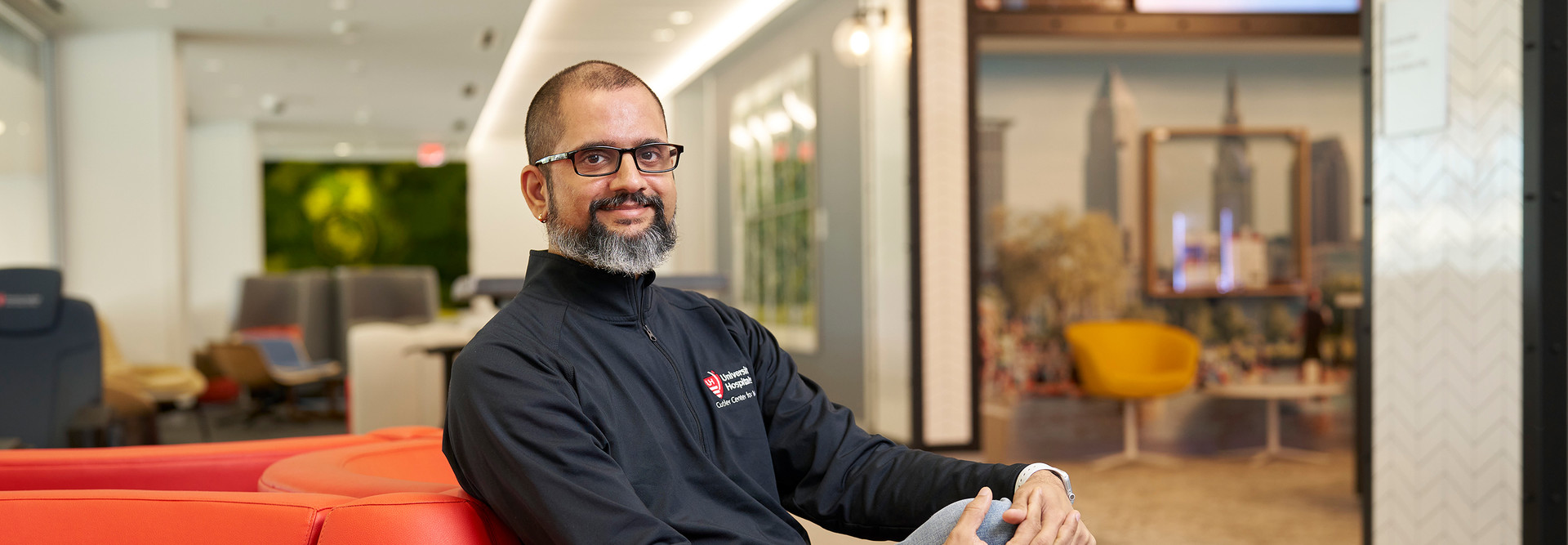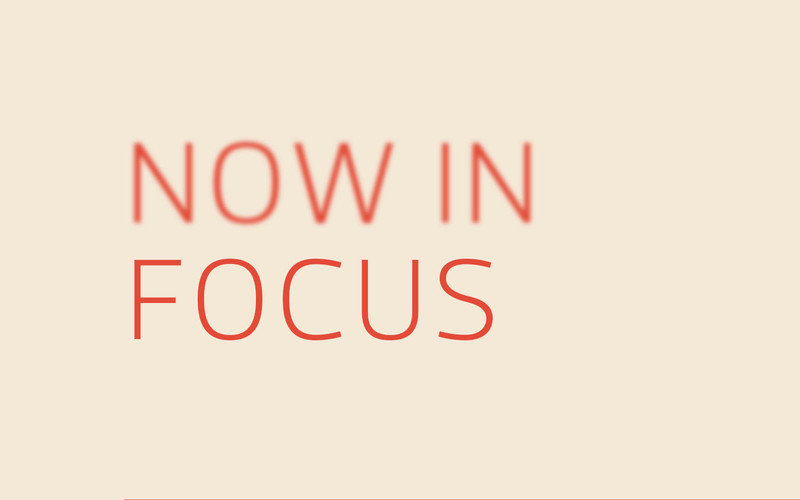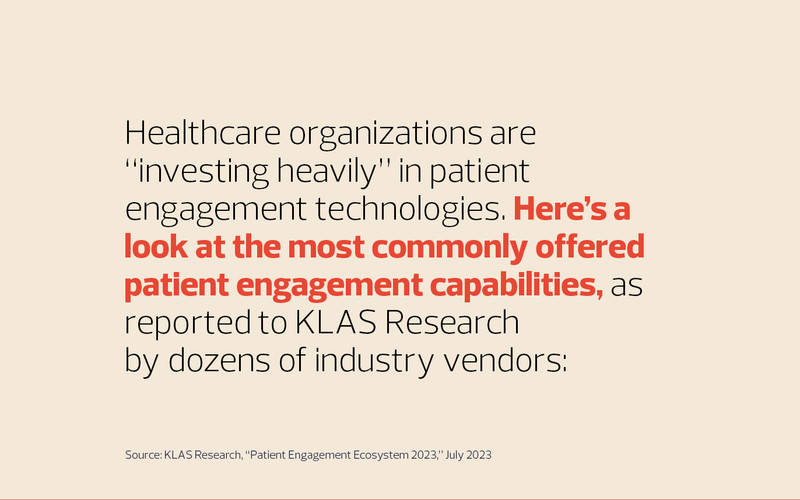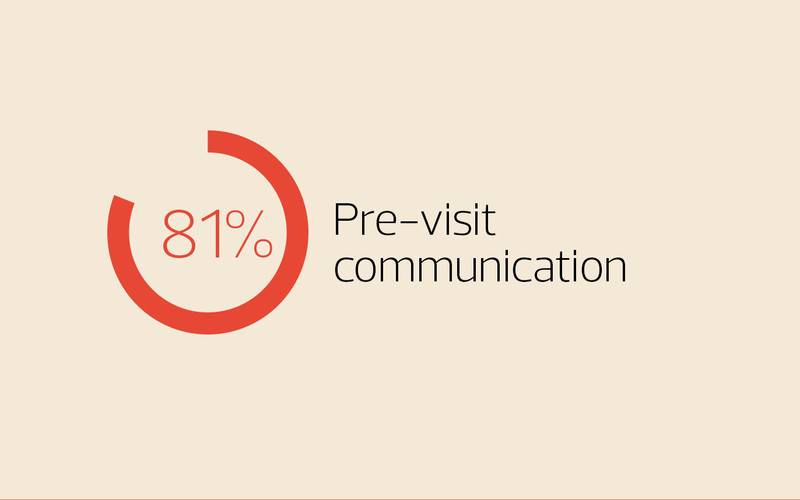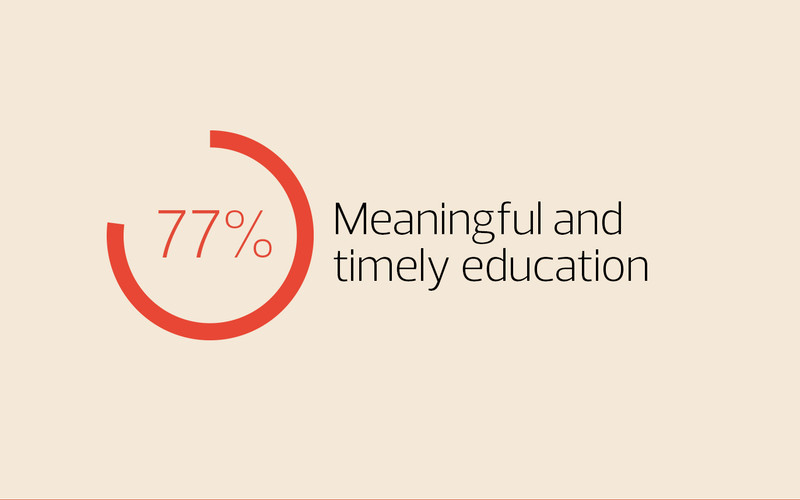Patient Engagement Is Part of the Strategic Plan
Another organization laser-focused on personalization is Omaha-based Children’s Nebraska. Its work on patient engagement ties into the organization’s strategic plan, says Executive Vice President and Chief Information and Innovation Officer Jerry Vuchak.
“Our first goal is really to provide the safest, highest-quality care and an exceptional experience,” Vuchak says. “We’re always looking for ways to make that experience better, and one way we do it is through improving engagement with patients and their families.”
The organization took a big step in that direction with recent modifications to its patient portal based on feedback from family advisory council members. The platform, called Children’s Connect, now has “a better look and feel,” Vuchak says, and it’s integrated with a new wayfinding app called Children’s GO that families can use to navigate the health system’s campus.
READ MORE: Northwell Health CIO Sophy Lu discusses her perspective on change management.
The organization’s engagement push includes a new communication and entertainment system that guests can access through tablet devices at the bedside. Patients and families use the bedside platform to watch movies, play games, access the patient portal and educational materials, and order meals and make service requests. They can also communicate with clinicians and other hospital staff.
“It’s basically services on demand,” Vuchak says. “If you need translation services, now we can provide that on the TV. If you want something to drink or eat, you can pull up the dining room menu and place your order.”
The organization is currently rolling out a limited version of the same system in its ambulatory setting, he adds. “If a child is in for dialysis or chemotherapy, now they can engage in technology that helps mitigate some of the burden of their medical treatment.”
As Children’s Nebraska plans for the future, it’s also increasing its work with wearable devices for remote patient monitoring. Patients with chronic asthma, for example, can now breathe into a special inhaler to transmit data back to the EHR, and the organization is testing another device that enables remote reporting of insulin levels.
The hope is to encourage patient engagement across every setting, Vuchak adds.
“It’s exciting to think about the possibilities,” he says. “There really are a lot of things we can do to make the healthcare experience better.”



